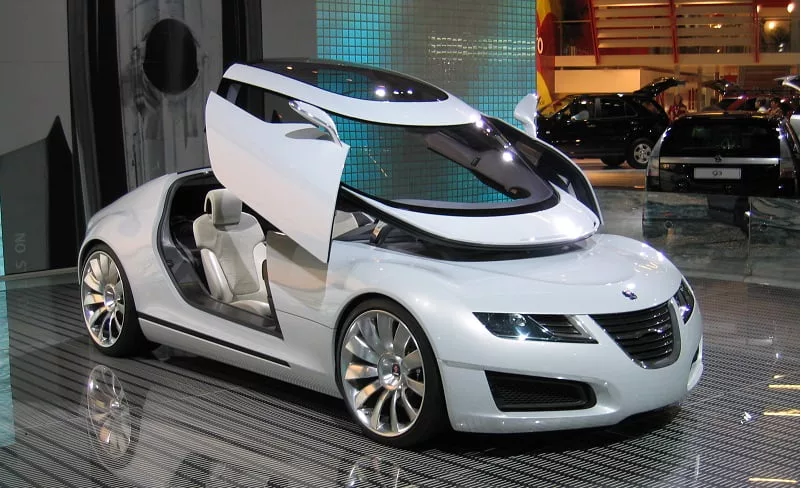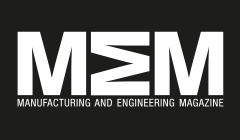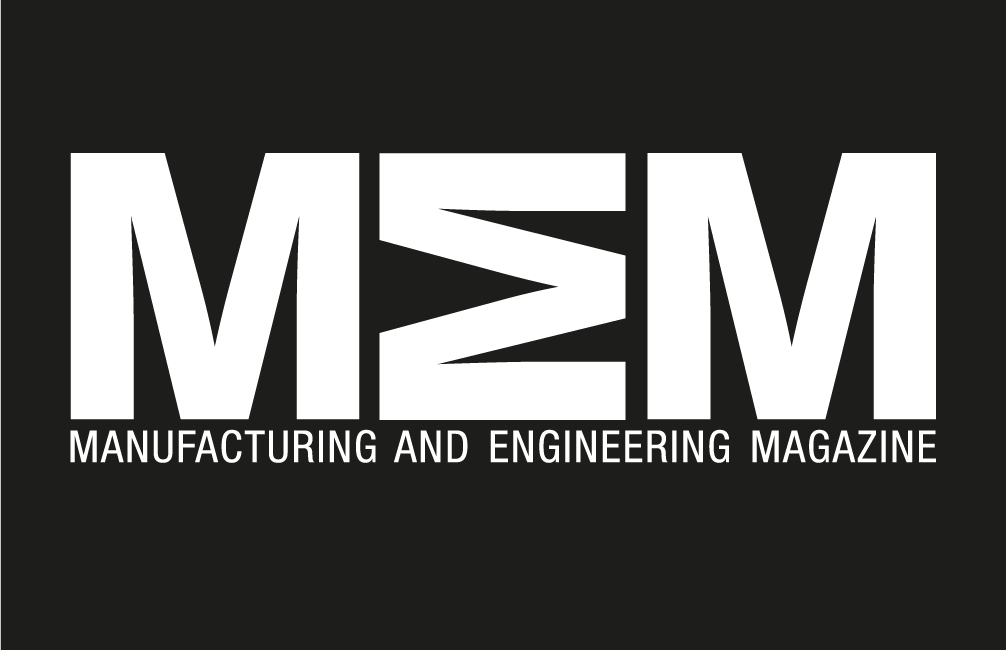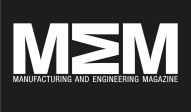Babycup Secures Export Deal with China

An export deal to sell more than 60,000 cups for babies across China in the next 12 months has been offered to Babycup, a manufacturer of a specially designed open cup for babies. The Surrey-based business secured the contract with a Chinese distributor after attending the KIND + JUGEND trade fair in Germany. With the support from the Department for International Trade (DIT) through its Tradeshow Access Programme (TAP), Babycup managed to attend the event. The Programme provides grant funding for eligible businesses towards the costs of exhibiting at overseas trade shows. China’s burgeoning middle class helps drive the growing demand for British-made infant products, and the cup’s success so far in the market, means that the order value is likely to increase by 2,000% over the next year. “Babycup is a shining example of a business that has committed itself to getting a British-made product out there on a global scale,” commented Ben Raby, head of South East DIT. Babycup was founded in 2013 by Sara Keel, following years of being unable to find a cup without a spout or lid for her young children. She then decided to create an open cup that was easy for babies to drink from and hold, while being in line with recommendations from orthodontists and dentists. She started out by selling the cup to buyers in the UK, including the NHS, but she began exporting almost immediately. “Exporting was an obvious extension to the business. Families the world over want what’s ‘best for baby’. The potential audience for Babycup First Cups is universal and the market is as big as the birth rate,” Sara said. Exporting now makes up 80% of Babycup’s total sales thanks to demand from customers in markets such as Japan, Thailand and the US, where it has now set up a distribution centre to fulfil orders across the country. “We’ve secured a lot of our overseas business, including the deal with the Canadian Government, through our website. The Chinese deal was aided by us being active on social media and talking about our cup and the issues it addressed,” she concluded.
Saab: the Cars, the History and what Went Wrong

Five years ago, Saab declared bankruptcy. We look back at what went wrong for the iconic brand and its best ever cars December 19 2011: A dark day in automotive history. It always is when a manufacturer fades away, and this date just over five years ago was the day executives at Trollhättan, a cold industrial city north of Gothenburg in Sweden, finally threw in the towel and declared Saab bankrupt. The three years before the fateful day were a fight for industrial survival for Saab, as the car maker bounced from one owner to the next, desperately seeking backing from investors around the world as the financial crisis hit hard. It was owned by General Motors at the time, and Saab was placed under strategic review. Then, after a deal with supercar manufacturer Koenigsegg fell through, Dutch company Spyker signed on the dotted line with the help of a 400million Euro loan from the European Investment Bank in January 2010. Victor Muller, Spyker founder, then began the arduous task of turning around Saabâs fortunes. The aptly named Phoenix concept made its debut at 2011âs Geneva Motor Show to give a glimpse of the brandâs future direction, but slow sales and rumours of money shortages soon had suppliers in panic. Muller sought more financing from around the world, and a vital deal looked in place with a Chinese consortium, only for GM â which still supplied engines and components to Saab â to block the move. After years of falling sales, unfulfilled promises of revival and no financial lifeline in sight, reality soon sank in. The factory lines at Trollhättan finally came to a halt in April 2011. But the Saab story might not be over just yet. In 2012, Swedish-Chinese entrepreneur Kai Johan Jiang bought the companyâs main assets and has since been quietly formulating a plan to revive some of the lost magic under a new company: National Electric Vehicle Sweden (NEVS). Five years since Saabâs future looked all but lost, Auto Express caught up with NEVS to see how the legacy of the iconic brand might live on in the future. Experts criticised a failure to adapt as one reason for Saabâs demise, but thatâs unlikely to be a problem at NEVS, which has plans for a completely battery-powered future. The focus is only on electric vehicles, as we see this being a key growth market, explained Ulrika Hultgren, NEVSâ official spokeswoman. According to Hultgren, NEVSâ first priority is to create a pure EV for the Chinese market based on the Saab 9-3. Last year, the company began construction of a new factory in Tianjin, China â with an annual production target of 200,000 vehicles â and itâs also investing in another plant in the Fujian province in China. And NEVS already has its order books filled, with Chinese tech company Panda New Energy placing an order for 150,000 9-3-based EVs and 100,000 electric MPVs, due by 2020. China is our main focus right now, and only after China will we move elsewhere, Hultgren said. Elsewhere will include Europe and the UK, with Hultgren confirming that EVs produced for Europe would be built in Trollhättan. And while NEVS is currently busy preparing the 9-3 electric car for China, it is also working on other models. We have engineers looking to build an electric version of the Phoenix concept car for the future, Hultgren told Auto Express. To keep up with the changing times, NEVS is also looking into car sharing and autonomous technology for its fleet of premium models. Hultgren said: It could be the case that in the future, you see yourself buying a service instead of a car. So NEVS looks to have the company on the right track in terms of markets and technology, but will its product offer the feel that made Saabs special and different? Read more at http://www.autoexpress.co.uk/saab/98267/saab-the-cars-the-history-and-what-went-wrong
ChargePoint Technology Gets Supercharged with International Growth

Biotech expert, ChargePoint Technology has reported a huge drive in international sales following strategic export and major innovation drives over the last few years. The news comes ahead of a £1m move to new manufacturing facilities in June. The ChargePoint valve has been around since 1997 but it wasnât until 2009 that the eponymous company was founded. It has since established a raft of services dedicated to precision containment valve manufacture and now supplies products to some of the biggest pharmaceutical and chemical firms in the world. And that world-leading position is reported to have grown considerably; the manufacturer has revealed that last yearâs rose by some 9% following an increase in demand from the US, European and Asian market. 2015âs turnover was a huge £8.3m. The boost in sales is also attributed to the release of a brand-new valve system, marking ChargePoint Technologyâs entry in the biopharmceutical sector. Described as a game-changer by Chris Eccles, Managing Director of ChargePoint Technology, AseptiSafe offers increased sterility assurance when handling sensitive ingredients and small components. It is therefore of distinct advantage during in-fill and finish aseptic processing, as well as API production. Over the last four years, the company has achieve 77% sales growth and Eccles said he was positive about replicating that success in the next four years. 2015 was defined by a focus on China for the company. With a number of Chinese pharmaceutical firms looking to export to the UK and Europe, many sought to make use of the latest in Western technologies and equipment. In a number of cases, that represented direct leads for ChargePoint Technology, a specialist in pharmaceutical tooling. Eccles was keen to place emphasis on the achievements of his 62-strong team across the globe, asserting that such growth wouldnât be possible without the years of R&D in which the company has invested. In less than three monthsâ time, ChargePoint Technology will relocate next door to new production facilities in Speke. The plant, which has a capacity of 27,000 sq ft, is to be kitted out with over £750k of new machinery and, alongside various other renovations, represents an investment of a huge £1m.
Airbus Global Footprint to Grow with New C&DC in China

Following recent investment and a new partnership with China, Airbus is to grow increasingly international. The aerospace giant is set to enlarge its global footprint significantly as China welcomes a new Completion and Delivery Centre (C&DC) in Tianjin, expected to house the Airbus A330. The new facilities will add to Airbus’ existing presence in the country, and will occupy the same site as the Family Final Assembly Line and Delivery Centre for the Airbus Tiajin A320. Plans were approved by the Tiajin Free Trade Zone (TJFTZ) and the Aviation Industry Corporation of China (AVIC) back in 2014. President and CEO of Airbus, Fabrice Brégier is confident the development will allow Airbus to widen its customer base, commenting that the A330 C&DC was “a new milestone for Airbus’ international footprint”. At the project’s sign off, it will be the company’s first C&DC for widebody aircraft beyond the borders of Europe. Airbus had previous only served China’s single aisle market. The A330 C&DC Tianjin is is expected to provide a number of key maintanence and manufacturing services. It will incorporate facilities including: cabin installation, aircraft painting and flight test, as well as aircraft delivery and customer flight acceptance. The new A330 Family aircraft is to be the first test for the Tiajin-based facilties. While the new aircraft is to be assembled in Toulouse, final touches like painting and cabin fitting will be conducted at the new C&DC in Tianjin. The Airbus A330 has been a consistent hit with Chinese operators. Despite not being the most prevalent of any Airbus model in the country, it is regularly billed as the most popular with operators and passengers alike. There are current over 170 Airbus A330 Family aircrafts in use by Chinese operators compared with some 1,000 A320s. Airbus has long been a leader in the passenger airline market and the new C&DC is the latest in a string of recent investments for the company. The new facilities are hoped to support the firm’s increasing passenger numbers. Demand for air travel in China is, too, expected to grow well beyond the global rate predicted – at a rate of nearly seven percent compared with an international average of just 4.6%. As demand for both domestic and international travel is on the up, China’s economy looks set to continue to to grow. And as the country gets ever more connected with the wider world, exports are set to sky rocket.



